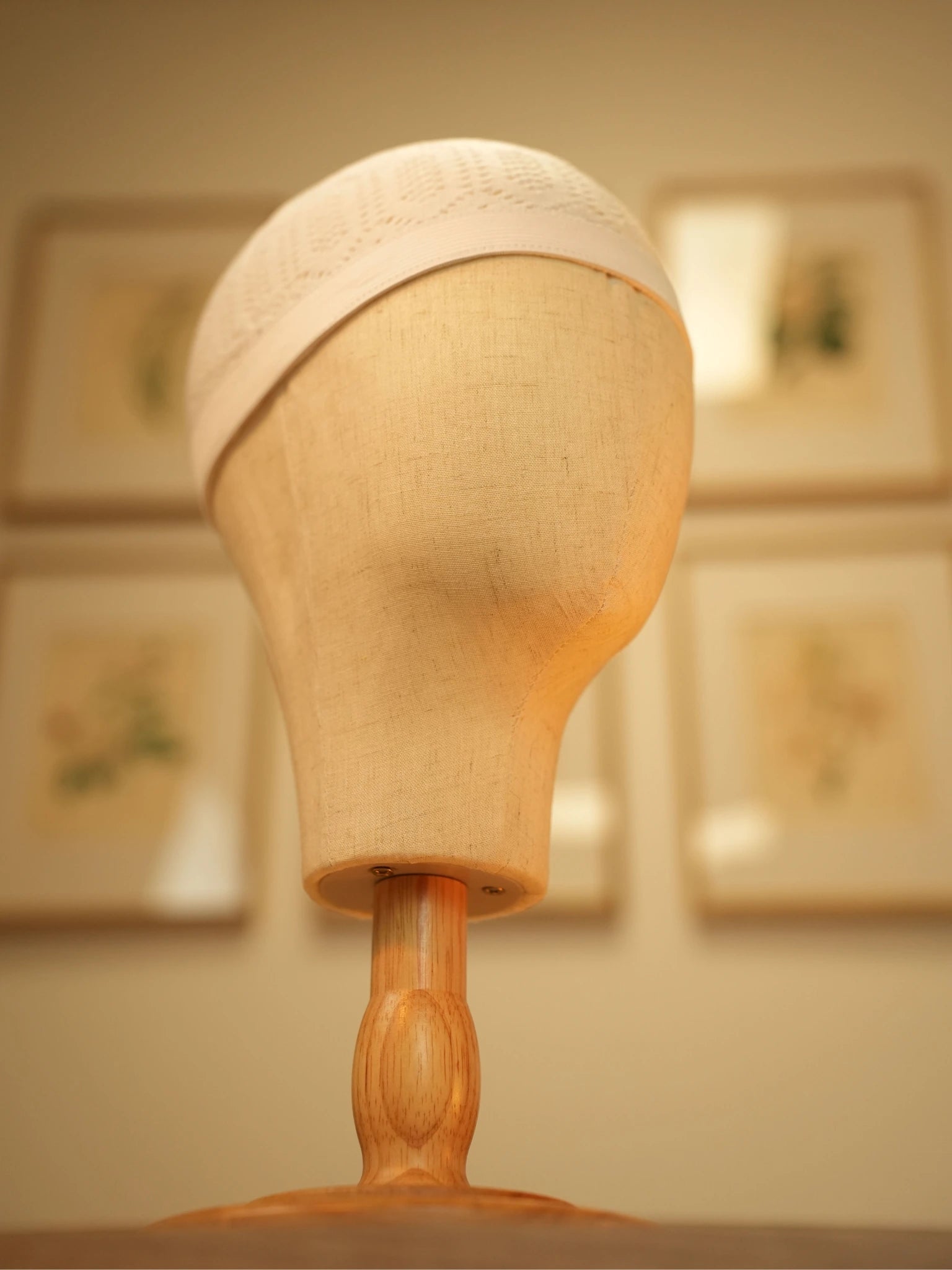Let us restore the titles of nobility to a fabric expressing nobility.
Share
Let us restore the titles of nobility to a fabric expressing nobility.
Why is headwear important for men? The history of men of character and the influence of headwear
For centuries, headgear has played a vital role in the identity, status, and symbolism of men around the world. This simple accessory not only provides protection from the elements, but also a way to assert one's place in society. In many cultures, headgear is a symbol of power, nobility , and belonging to a group. History is full of examples of men of character who have left their mark on the eras, often recognizable by their distinctive headgear.
Headgear: a symbol of dignity and power
Headgear has always been more than just an item of clothing. Throughout the ages, crowns, turbans, helmets, and other types of headgear have been symbols of leadership. Take Napoleon Bonaparte , for example, who is almost as famous for his bicorne as for his military exploits. The bicorne was a symbol of his power and imperial status.
Throughout the history of the Arab and Muslim world, legendary figures such as Salah al-Din (Saladin) and Abu Bakr wore turbans as a sign of respect and devotion, and, of course, to demonstrate their adherence to deep spiritual and social values. These headdresses held not only aesthetic value but also powerful religious and cultural symbolism.
The Importance of Head Covering Among Muslims: Tradition and Modernity
Among Muslims, headgear, whether the turban or the kufi, has always held an important place. It is often associated with modesty and humility, but also with a deep respect for cultural and religious values. The kufi, for example, is a traditional headdress worn in many Maghreb countries. It symbolizes heritage and the continuity of a history, but it is also a way for man to connect with his roots while adapting to the times.
The kufi is not just an element of traditional costume. It has evolved and been integrated into modern styles.
Indeed, more and more men, especially those living in cosmopolitan societies like London , have grasped the importance of the kufi as a fashion accessory. British Muslims have demonstrated that it is possible to wear the kufi even with modern and elegant clothing. Whether with a well-tailored suit or even a more casual outfit, the kufi has become a symbol of sophistication and modernity while remaining faithful to tradition.
The kufi : a symbol of timeless elegance
One of the biggest challenges for the kufi today is breaking the preconceived notion that it is only intended for traditional attire. Like the beret in France or the fedora in the past , the kufi can be worn with any type of outfit, from the most formal to the most casual , and remains a symbol of timeless elegance.
The example of great figures and the legacy of headgear
History is full of figures who have left their mark on their eras through their distinctive headwear. From religious leaders to political figures to artists, these men have transformed accessories into true symbols of power and style.
- Napoleon Bonaparte and his bicorn.
- Saladin , who proudly wore his turban as a sign of his authority and respect for traditions.
- Ali ibn Abi Talib , whose turban became a symbol of wisdom and courage.
- Sheikh Zayed , the founding father of the United Arab Emirates, who wore the ghutra, a symbol of dignity and unity.
These figures not only wore headgear as a mark of their status, but they also helped elevate these symbols to the status of timeless icons.
Why choose kufi today?
Today, the kufi represents a perfect balance between tradition and modernity. It allows men to reconnect with their cultural roots while integrating with contemporary trends. Wearing it is an act of respect for one's heritage, but also a style statement.
Whether for a special occasion, to go to work with a modern chic look, or simply to assert an identity, the kufi is more than just a headgear: it is a symbol of refinement, humility, and nobility. It embodies the history of men who have left their mark on their era and continues to reinvent itself, both rooted in tradition and resolutely modern.
Assert yourself.
Headgear, and more specifically the kufi, is much more than just an accessory: it is a symbol of heritage, character, and style. Worn by men of stature throughout history, the kufi continues to echo elegance and nobility while adapting to contemporary trends. It is the perfect example of a timeless accessory that transcends fashion and remains an emblem of dignity and refinement.
Let us restore the titles of nobility to a fabric expressing nobility.




